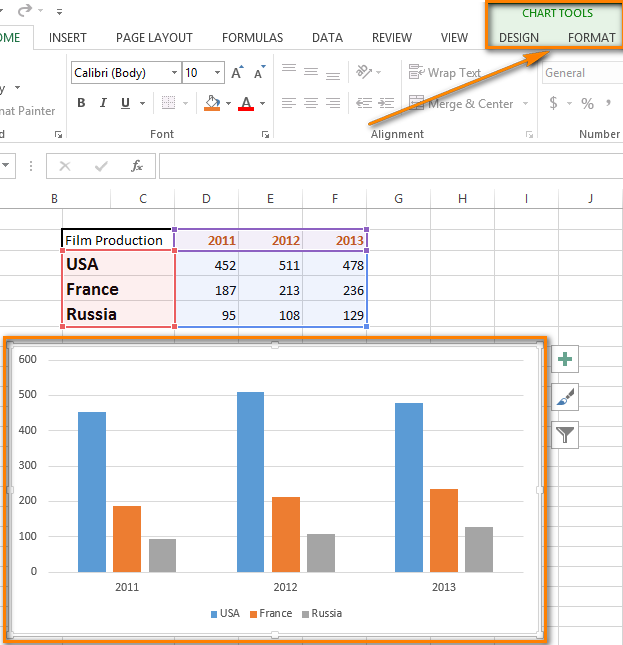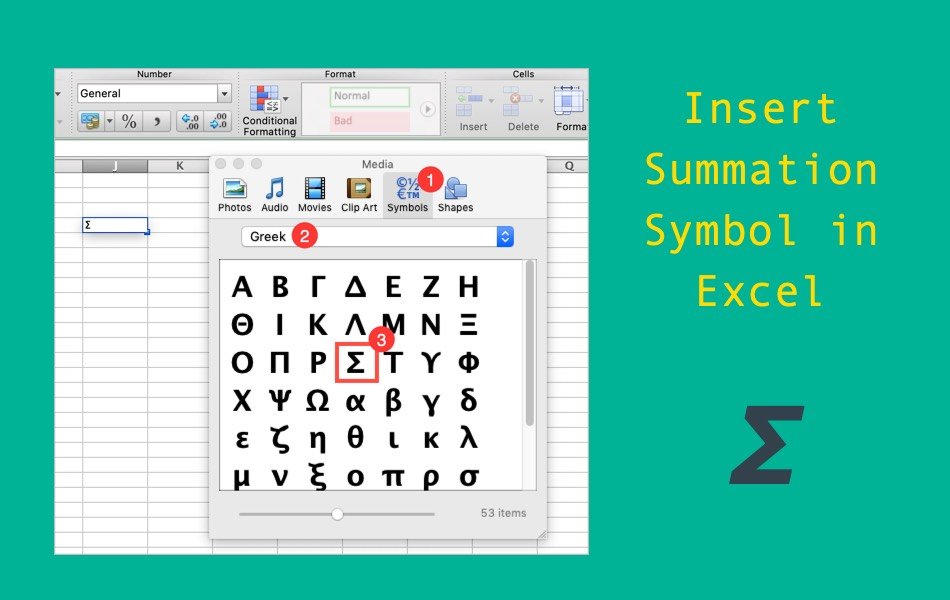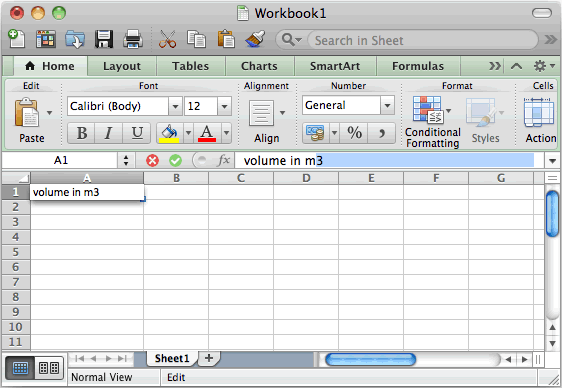

- #Add excel equation to excel for mac how to#
- #Add excel equation to excel for mac update#
- #Add excel equation to excel for mac plus#
Note that arguments are separated by commas. You can add explicit numerical values, cell references, ranges, or a mix of all three. 12 basic Excel functions you need to knowīelow are 12 functions we highly recommend because of how frequently they’re used, their usefulness in executing complex tasks, or because they are the basis for other functions. Methods 2 and 3 have the advantage of defining each argument and giving a preview of the result while the values or cell references are being entered.
#Add excel equation to excel for mac update#
Since you can quickly update the source value, the dependent cells containing the formulas will be recalculated and updated immediately. The cell referencing method is usually more efficient, especially in cases where multiple formulas make reference to the same cell. The same result can be achieved by entering the cell references that contain the values you want to use in your formula. To enter a non-function formula in Excel, type an equal sign, then the equation using the standard mathematical operators and numeric values and/or cell references. Optional arguments are shown in square brackets.Įxcel uses the equal symbol to recognize formulas (and by extension, functions). By distinguishing between required and optional arguments.By prompting with the name of the next argument in the sequence.

Or you can arrow down to the one you want, press the Tab key, and finish up by entering the arguments and closed parenthesis. If you press the tab key, Excel will complete the name of the first function on the list, and the open parenthesis. By suggesting a list of functions that start with the letters you’ve typed in.While entering your function, Excel helps you along in the following ways: Function syntax and return valueĮxcel functions have a syntax or a format that they must follow in order to be considered valid.Īll functions have the following general structure:Įqual sign > function name > open parenthesis > arguments > close parenthesisįor example, to find the average of values in cells A2 to A10, the AVERAGE formula would be written in the following way: = AVERAGE ( A2 : A10 ) However, instead of performing these steps, a pre-built AVERAGE function exists in Excel to perform this task with very little effort on your part.
#Add excel equation to excel for mac plus#
We can enter a formula by adding the numbers using the plus (+) symbol, then, using the forward slash (/), dividing that total by the number of values within the data set.
#Add excel equation to excel for mac how to#
Once valid arguments are provided in the correct format, Excel performs the calculation and displays the result in the cell where the formula was entered.įor example, here’s how to find the average or mean of a group of numbers. For instance, there’s the SUM function to add values, the LOWER function to convert text to lowercase, and the COUNTBLANK function that counts the number of empty cells within a range.Įach function has arguments or values that should be stated in a particular order. The names of these functions are meant to be easy to remember by being close to the action they perform. Since functions are actually formulas, they also begin with an equal sign, but the most recognizable thing about functions is that they have friendly names defined within Excel. They are Excel’s way of allowing you to quickly perform complicated or frequently-used formulas without having to build the task yourself step by step. What’s the difference between formulas and functions?įunctions are Excel-defined formulas. To signal that a calculation is expected, formulas in Excel begin with an equal (=) sign. These operations are represented by the plus, minus, asterisk, and forward slash (+, -, *, /) symbols, respectively. They are mathematical expressions that simplify and, at times, automate mathematical and logical operations so that we can solve problems and analyze data.Įxcel interprets a formula as a command to do a calculation using one or more of the basic math operations - addition, subtraction, multiplication, and division.

Formulas are what take Excel from being a plain spreadsheet to being a productivity tool.


 0 kommentar(er)
0 kommentar(er)
